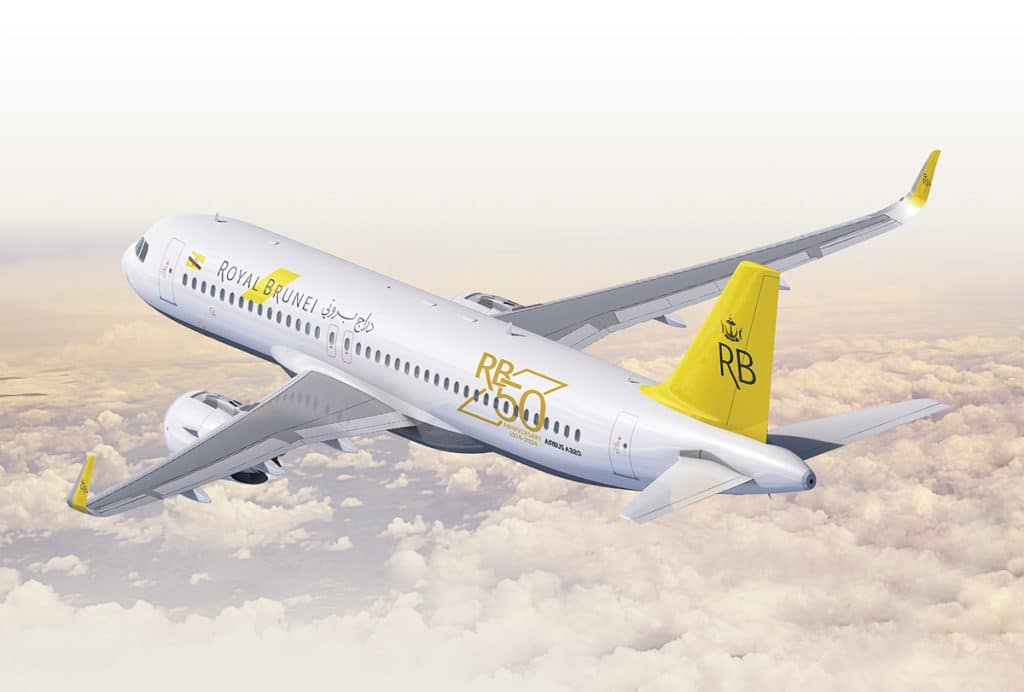Intelsat’s Epic Ku-band Spacecraft Will Outperform Both Existing Ku-band and WGS Ka-band Satellites
The U.S. government leases a significant amount of commercial satellite bandwidth to conduct airborne intelligence, surveillance and reconnaissance (AISR) missions over the hotspots of the world. These missions, using both manned and unmanned aircraft, depend upon high-capacity satellite bandwidth to transmit sensor data including full-motion video from the aircraft back to distant command bases.
Recent testing and analyses performed by Intelsat General and L-3 Communications, Communication Systems – West has found that Intelsat’s new Epic satellites will not only outperform existing Ku-band satellites for these AISR missions, but will also transmit more information with equal or less satellite bandwidth than the U.S. government’s own Wideband Global SATCOM (WGS) Ka-band satellites. The first two Epic satellites have Ku-band user spot beams and are set for launch in 2015 and 2016.
Our analysis found that Intelsat Epic provides enhanced performance for existing Ku-band AISR terminals that rivals or exceeds Ka-band performance. This is a valuable alternative for supporting our warfighters.
AISR satellite networks typically are characterized by high-throughput return links (aircraft to the ground station) for the video and data, and slower forward links (ground to the aircraft) for the flight command and control, known as C2. This network architecture is opposite the more conventional Internet/enterprise intranet or video distribution models. Consequently, engineering for AISR systems requires special considerations, especially for the return link.
Return link data rates typically range from 1 to 20 Mbps, with at least 10 Mbps being ideal as it allows transmission of high-definition, full-motion video, along with other mission traffic. The data link is limited to some extent by the size of the aircraft antenna, which on manned aircraft ranges in size from 30 to 45 cm in diameter, and on the larger, unmanned aircraft, ranges up to 1.2 meters.
To analyze Epic performance, engineers at Intelsat General and L-3 performed link budget analyses (LBAs) using expected performance for Intelsat’s IS_33e, a high-throughput satellite presently under construction. The analyses assumed a 7.3m hub antenna in a gateway beam to the satellite and a downlink in a user beam to aircraft antennas ranging form 30cm to 1.2m.
The high receive sensitivity and transmit power on Intelsat Epic satellites leads to multiple efficiency gains and bandwidth savings for AISR terminals compared to traditional Ku-band satellites. High receive sensitivity on Epic results in lower transmit power from the AISR terminal and, consequently, lower off-axis emissions. The reduction is sufficient to enable no carrier spreading when transmitting from a 45cm or 30cm terminal to the Epic satellite. Similarly, high transmit power levels from Intelsat Epic satellites enables the use of more efficient modulations and coding.
A common terminal size for airborne satellite communications is 45cm (18 inch) with maximum transmit power of 44 dBW. On existing Ku-band satellites, this terminal typically achieves 1.0 to 1.5 Mbps transmission rates while occupying, respectively, 5 MHz and 7.5 MHz, due to spreading. These are nominal beam edge / beam center values. On Intelsat Epic, performance improves to 4 Mbps in 4 MHz at beam edge and 7.6 Mbps in 5.5 MHz at beam center. This is a fourfold increase in transmit bit rate with a simultaneous 20% decrease in satellite MHz.
Performance gains are also significant when comparing Intelsat Epic with the U.S. government’s WGS satellites. One analysis looked at the MHz required to transmit at 10 Mbps from the AISR terminal. A 1.2m antenna transmitting on Intelsat Epic satellite required 4.1 MHz, compared to 7.7 MHz on a WGS satellite. With a 30cm antenna, the difference was 9.5 MHz for Epic and 25.1 MHz for WGS.
Another way to compare performance is to determine the maximum data rate possible using 4.1 MHz of satellite resources. Epic can support 10 Mbps from both 76cm and 1.2m antennas, compared to 5.3 Mbps on WGS. For the 30cm antenna, the Epic rate was still a respectable 4.3 Mbps, compared to 1.6 Mbps on WGS.
Intelsat Epic satellites will clearly provide an advantage over existing Ku-band networks and an alternative to Ka-band. Users can continue to leverage existing Ku-band terminals and achieve high performance for AISR missions, with terminals both small and large. This will make for better use of deployed satellite terminals and save money for our U.S. government customer.






















